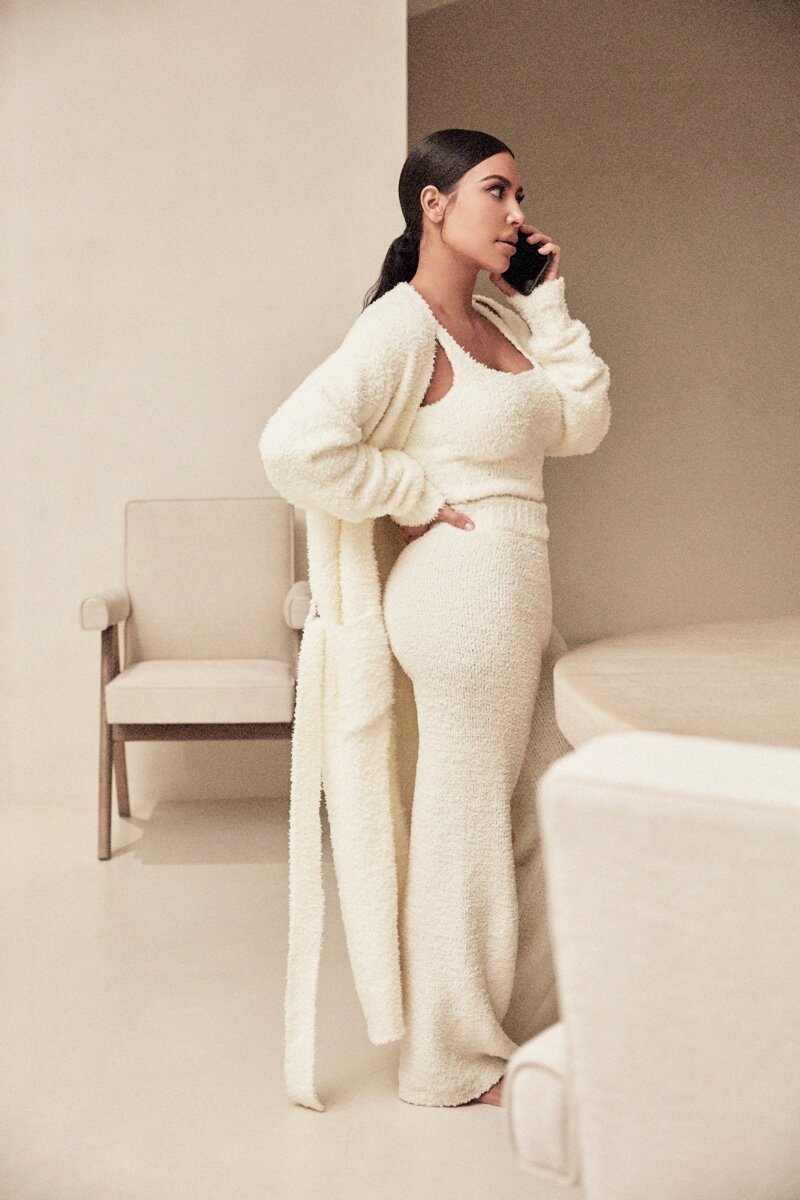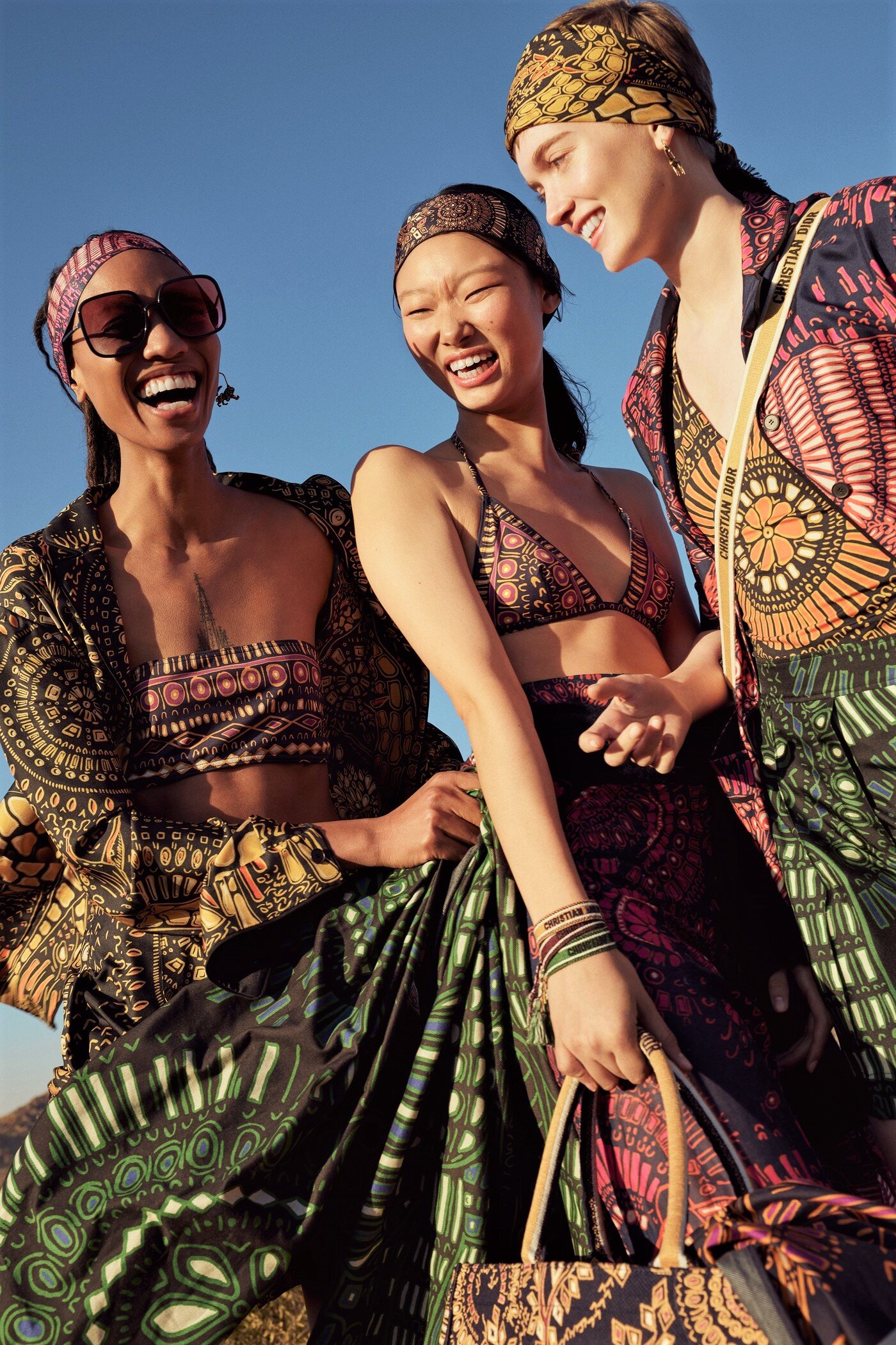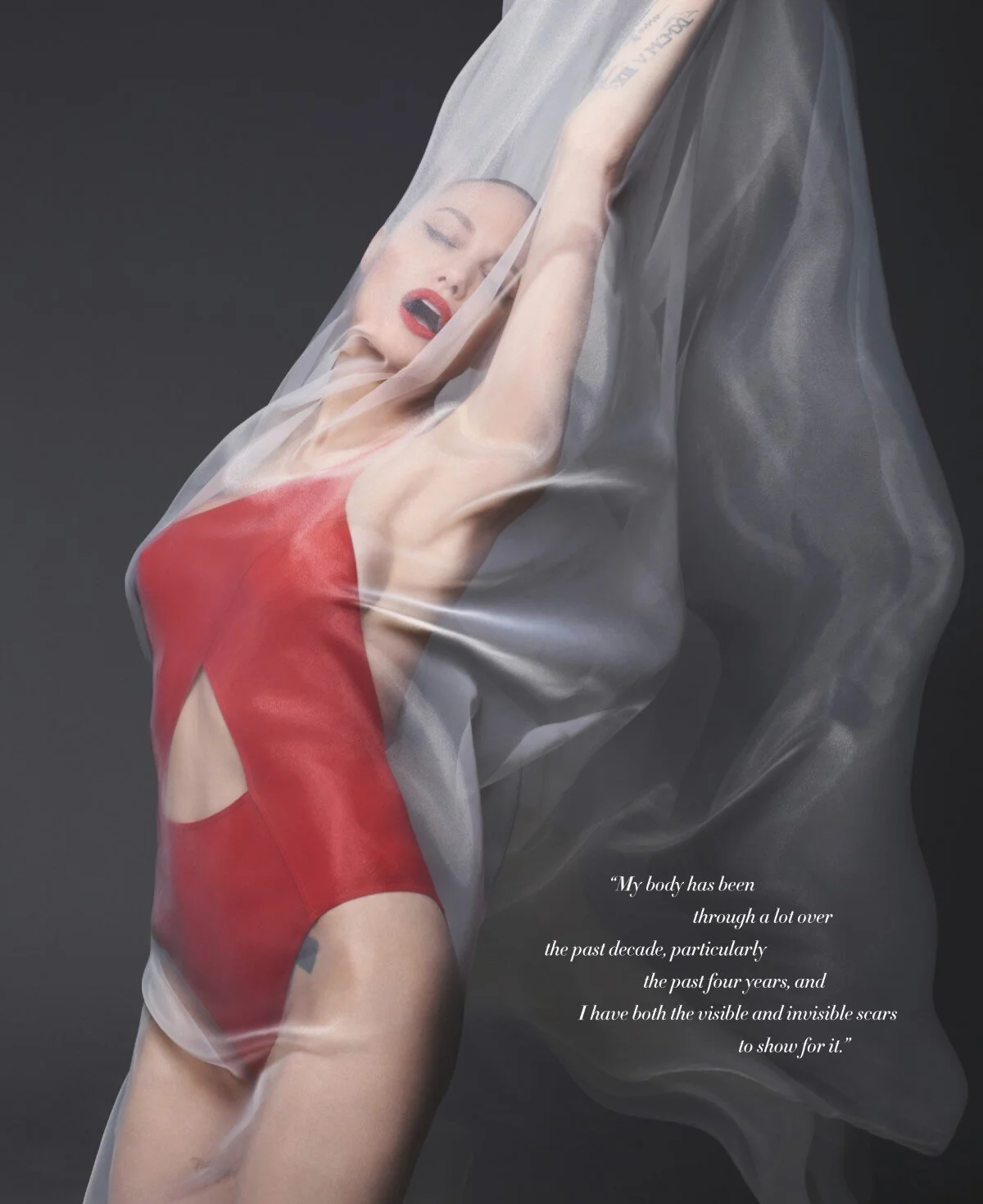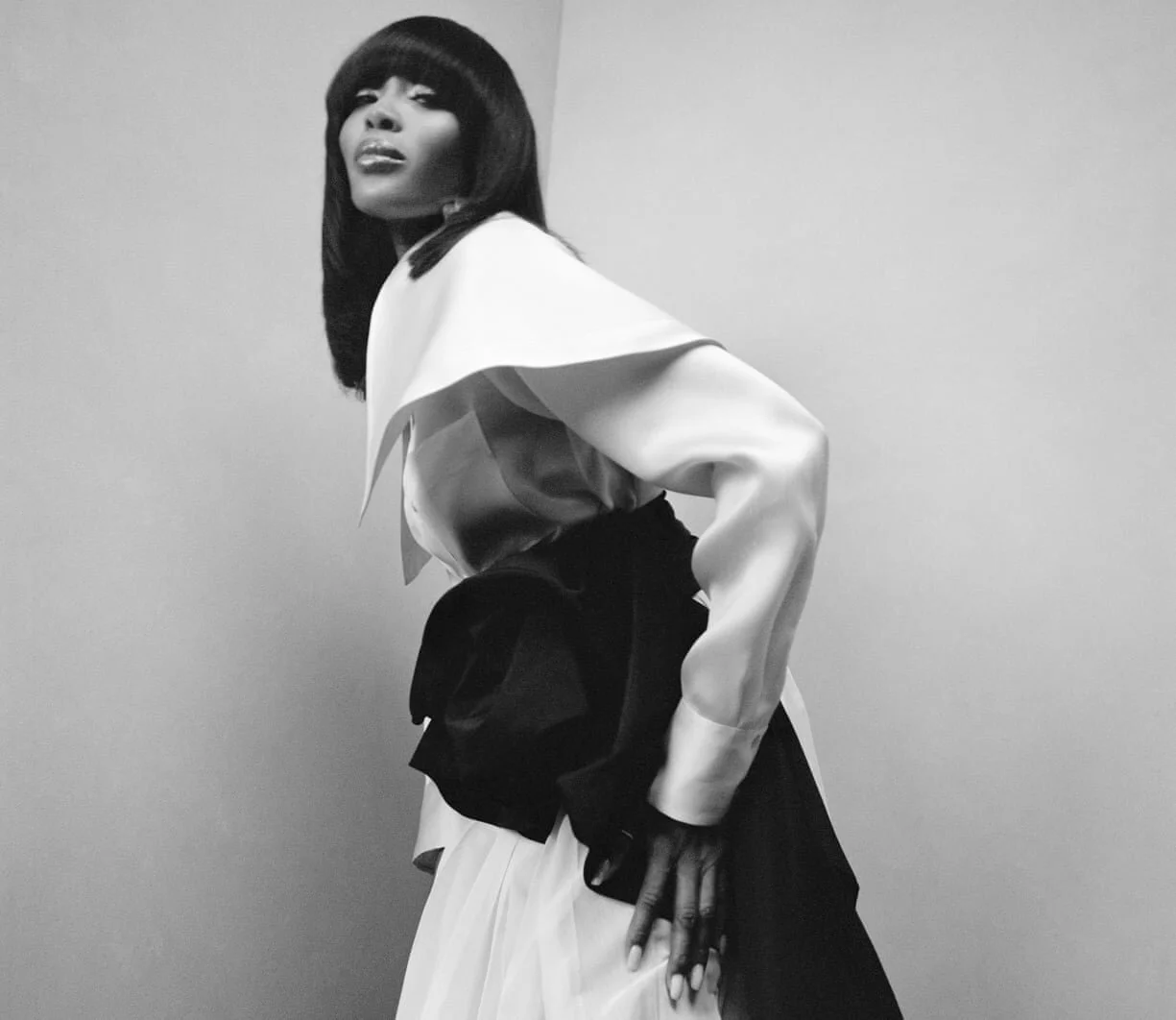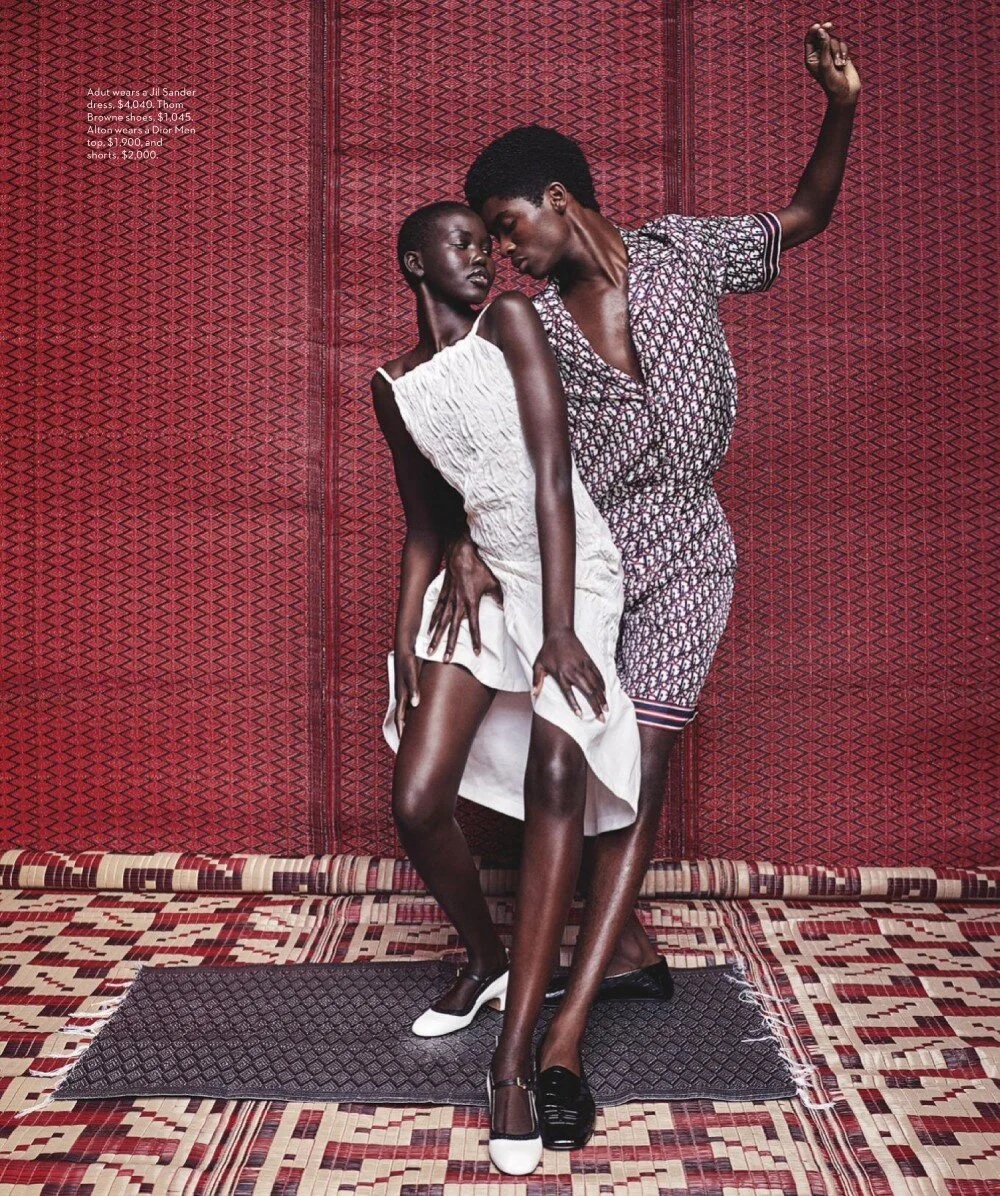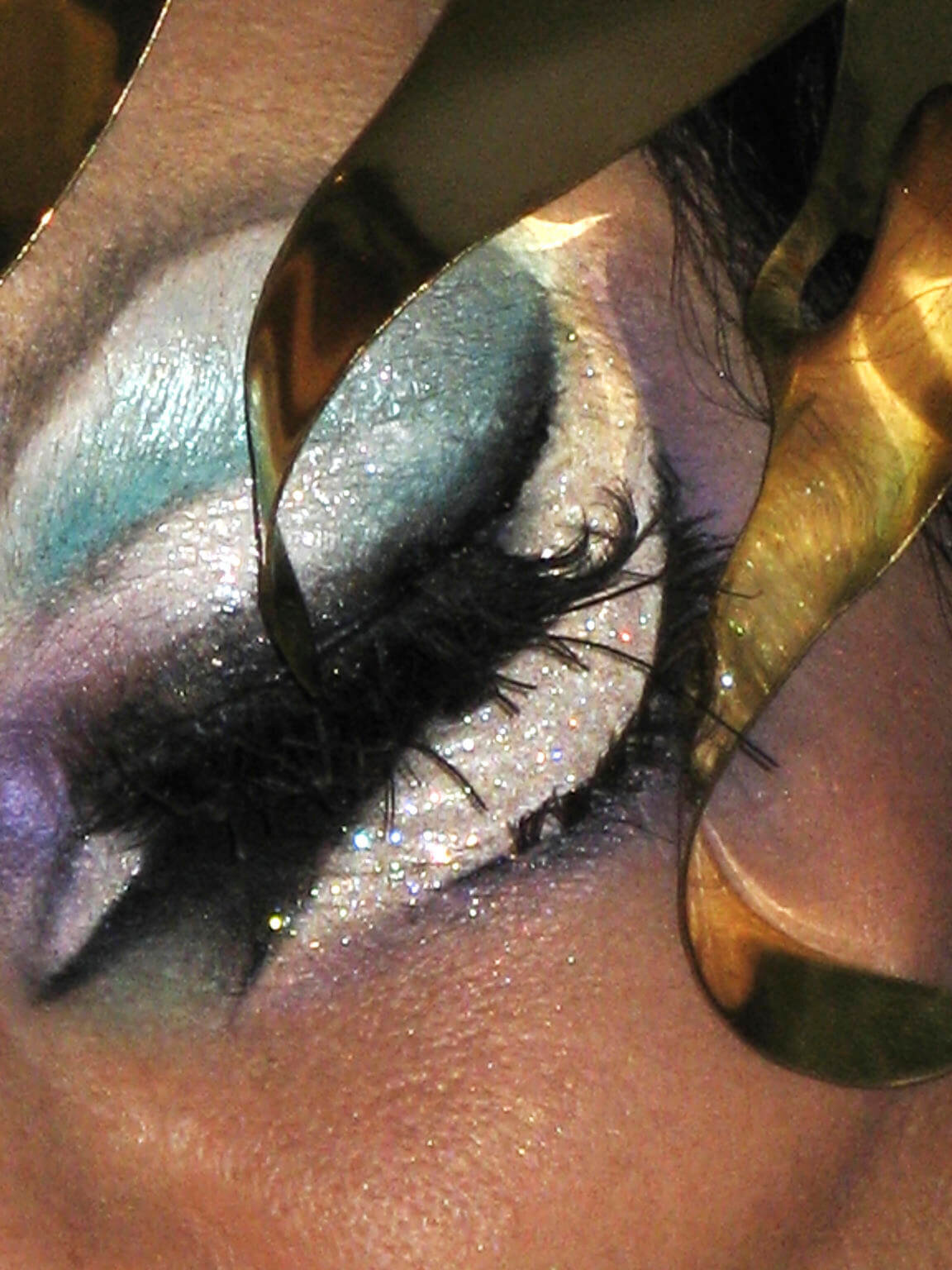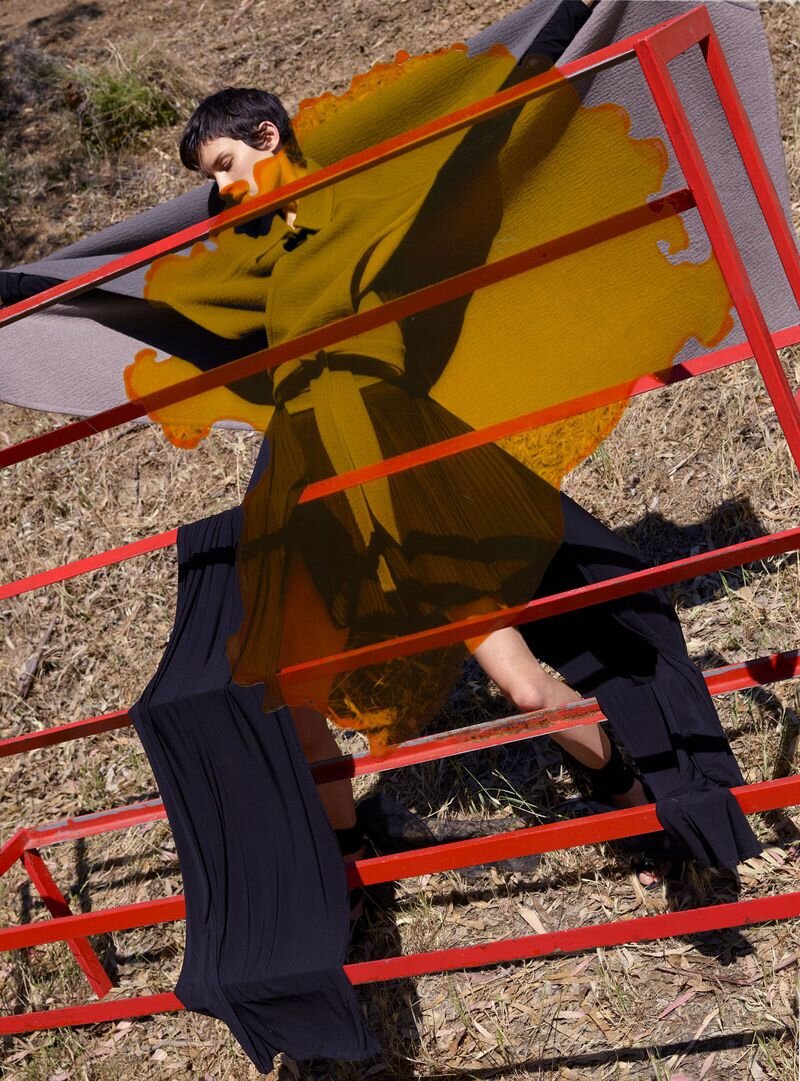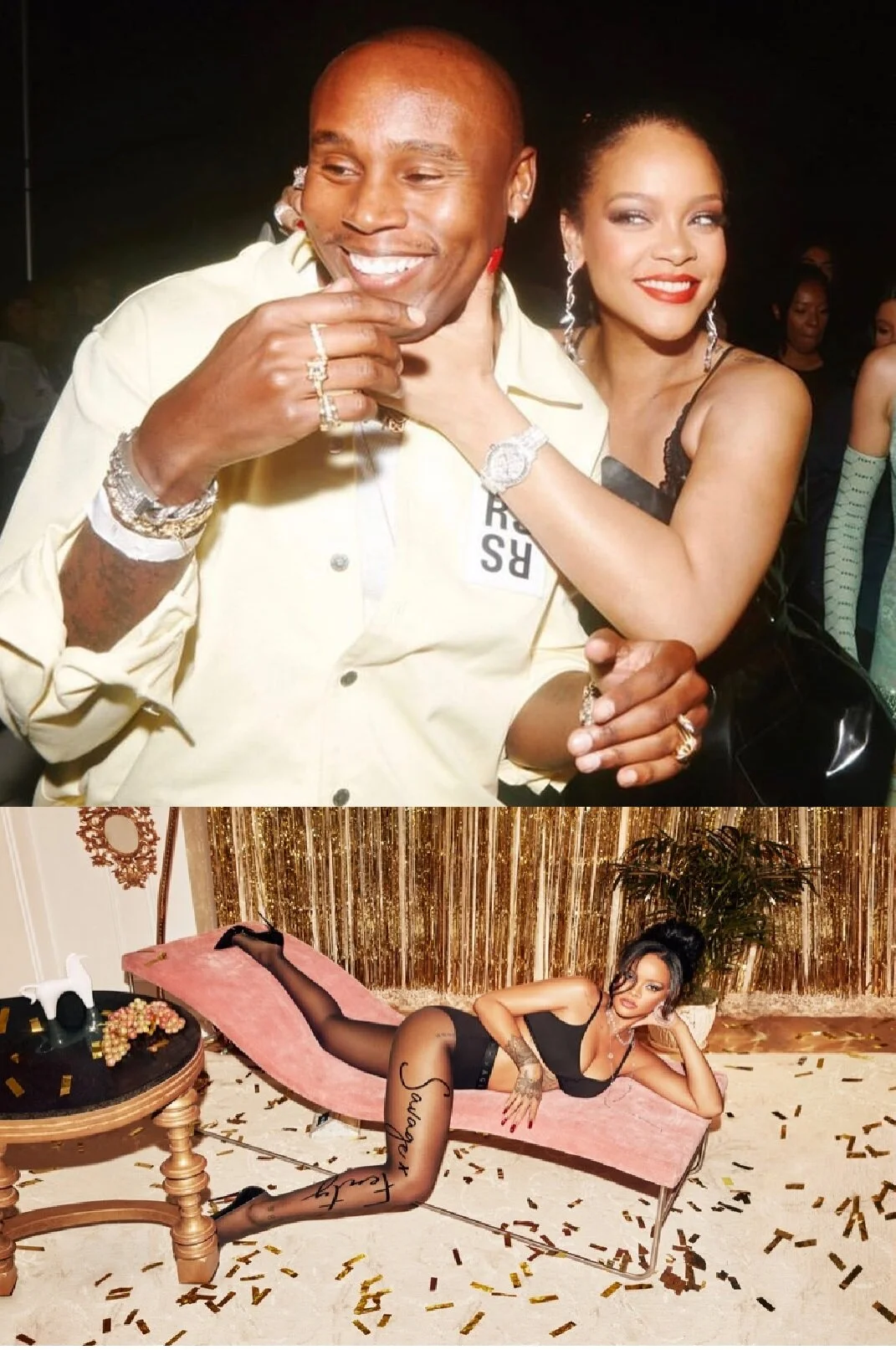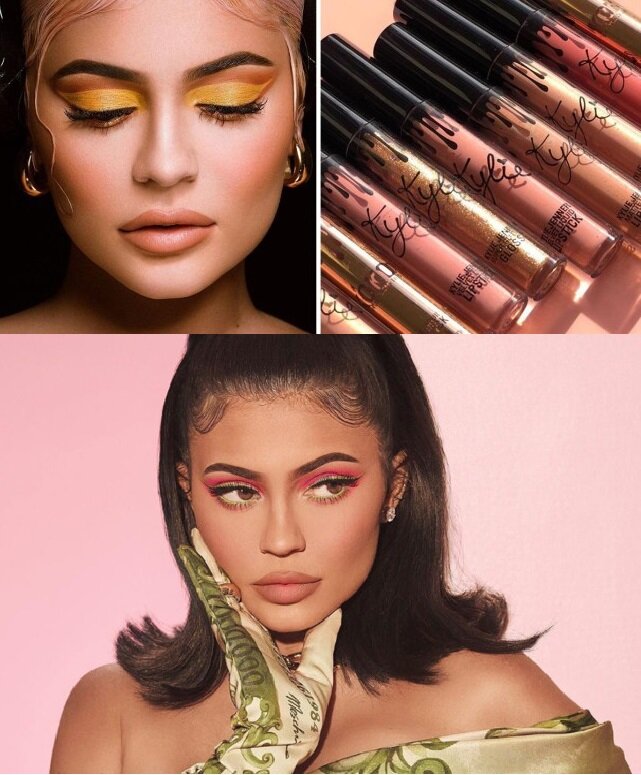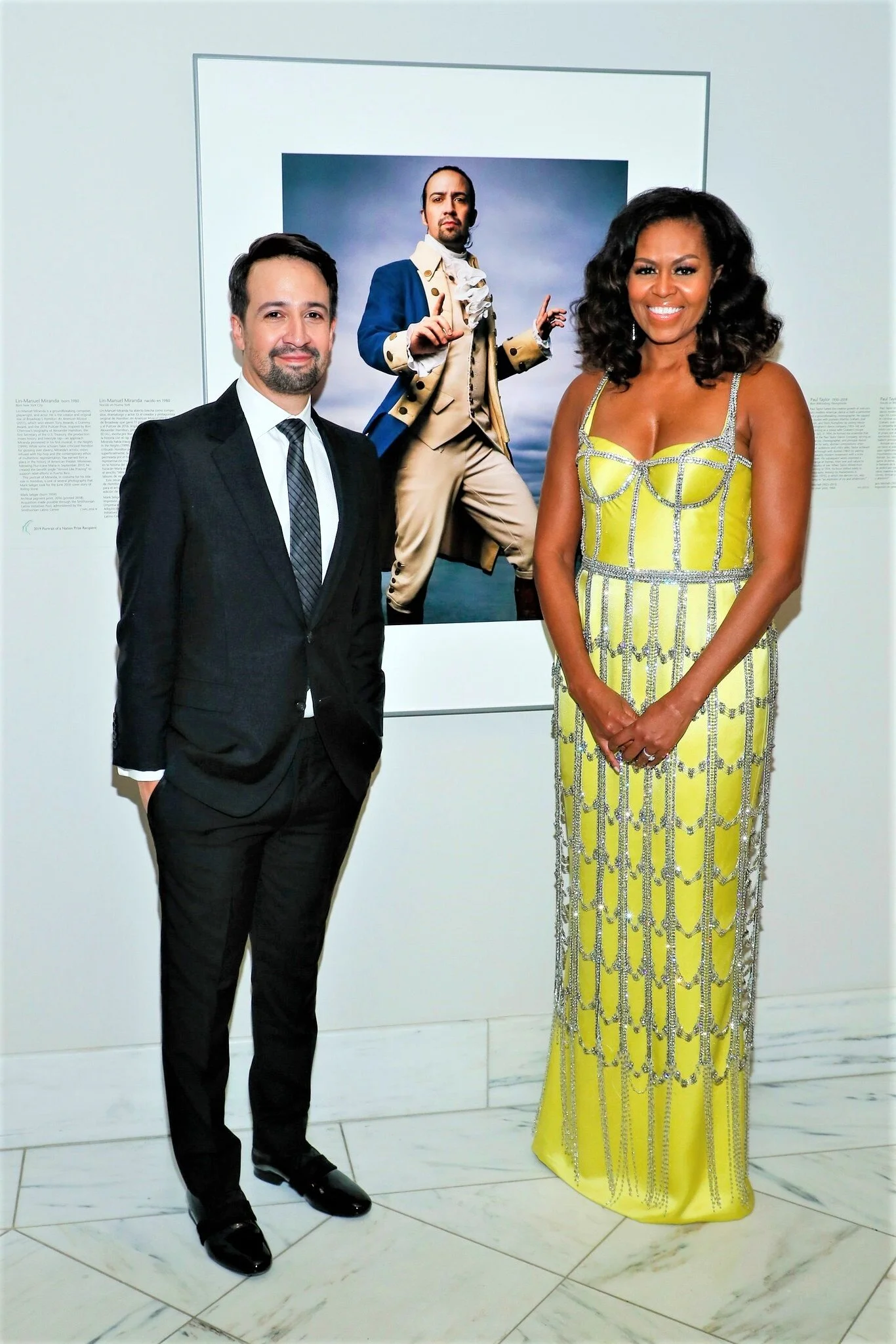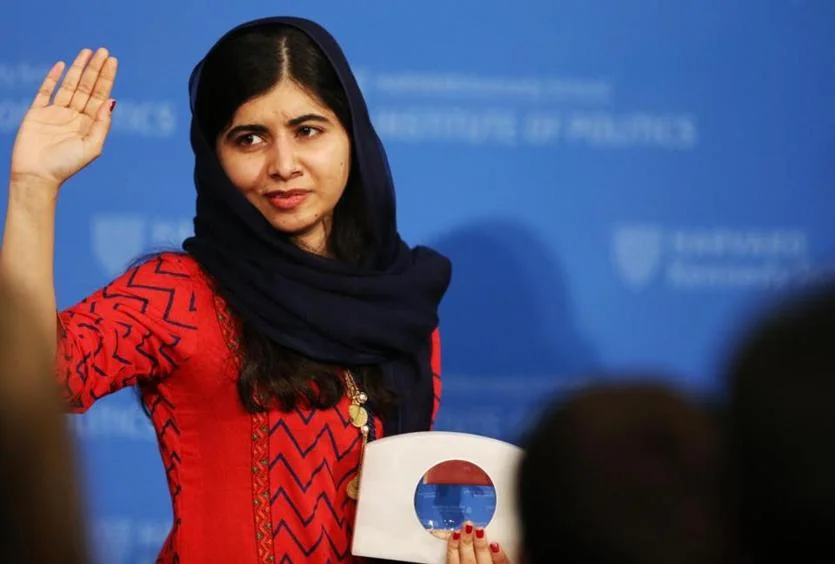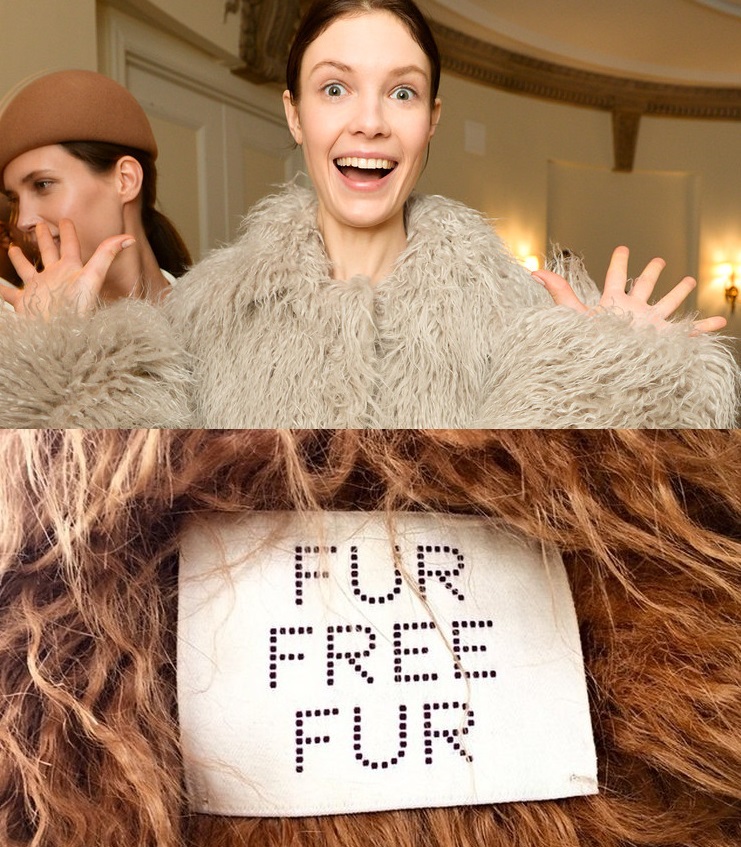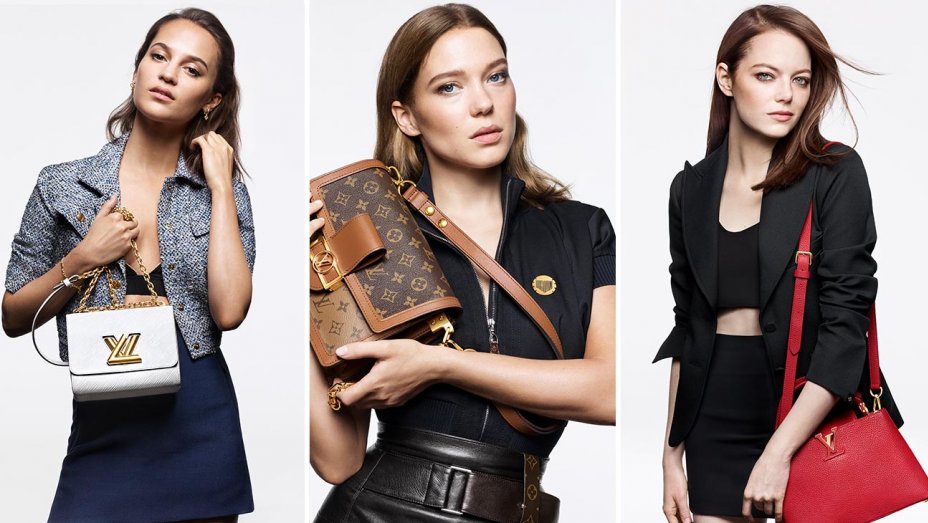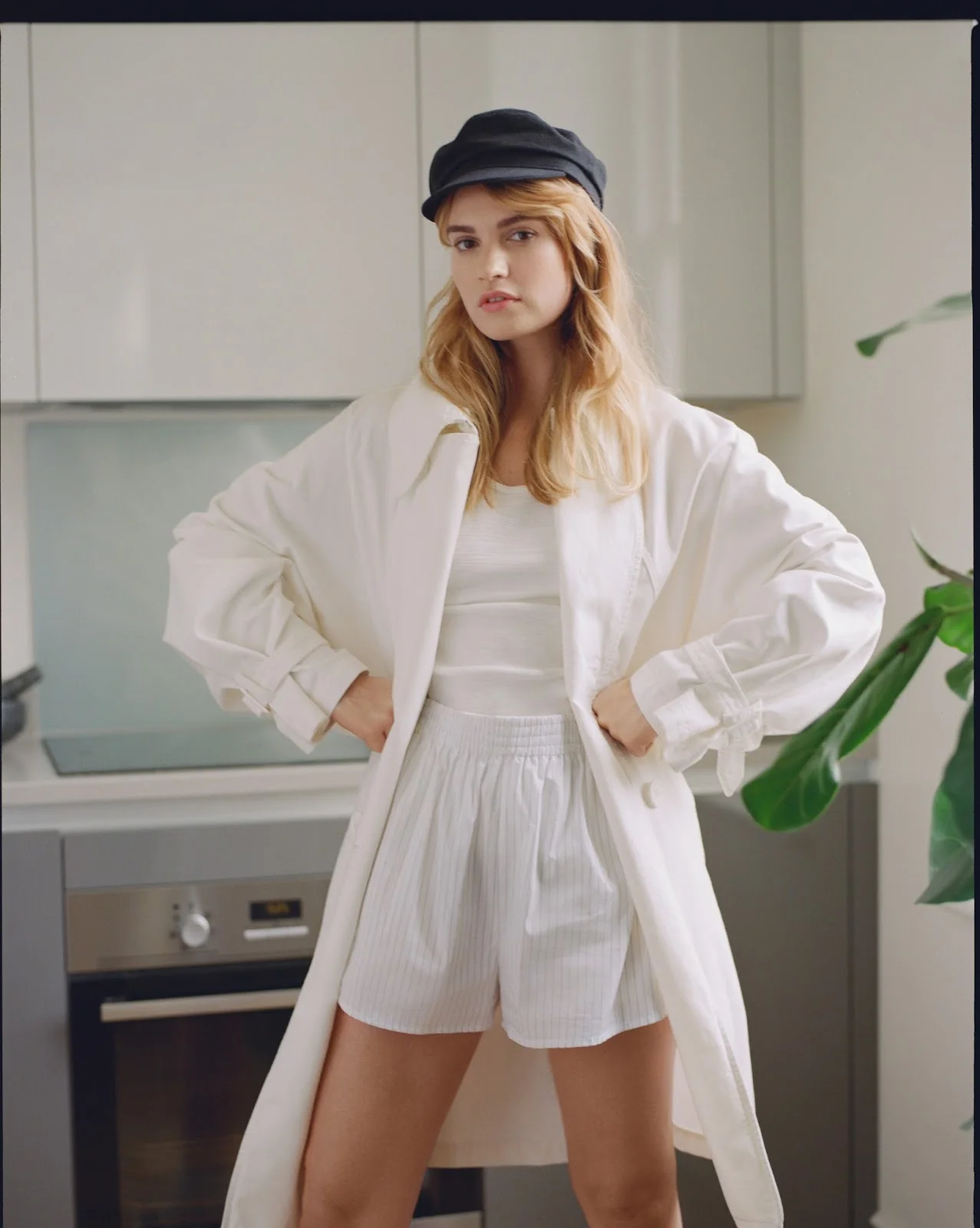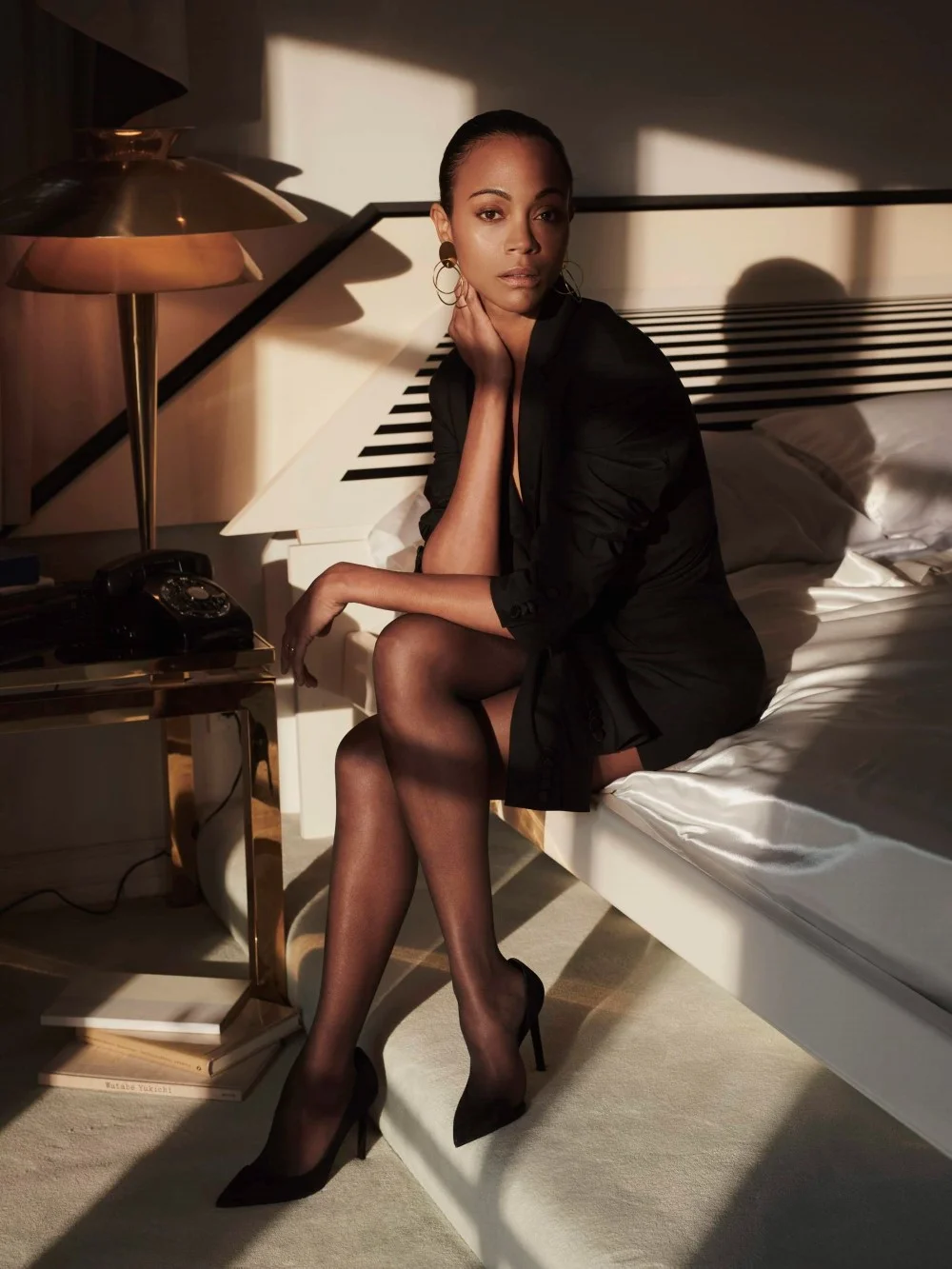Tate Modern's "Pop Life" Popularizes A Porn World
/ Keith Haring room at the Pop Life exhibition. Photograph: Christian SinibaldiLondon’s art world is so swept up in the sexual nature of Pop Life, which opens tomorrow, that it took some digging on my part to understand the actual purpose of the exhibit opening at the Tate Modern Thursday, Oct.1.
Keith Haring room at the Pop Life exhibition. Photograph: Christian SinibaldiLondon’s art world is so swept up in the sexual nature of Pop Life, which opens tomorrow, that it took some digging on my part to understand the actual purpose of the exhibit opening at the Tate Modern Thursday, Oct.1.
Pop Life explores the intersection of art and commerce, post Andy Warhol.
Getting quickly to the bottom line, much of the work is very sexual and none more explicitly so than a 10-year-old Brooke Shields, now the center of a firestorm in London, pitting the museum and its lawyers against distraught parents who argue that the image attracts pedophiles.
 Brooke Shields, ‘Spiritual America”Looking at the photo of Shields, entitled “Spiritual America”, which was shown not long ago in New York, at the Guggenheim retrospective of Richard Prince’s work, it will be the first time that I’ve used an “x” to mark the spot.
Brooke Shields, ‘Spiritual America”Looking at the photo of Shields, entitled “Spiritual America”, which was shown not long ago in New York, at the Guggenheim retrospective of Richard Prince’s work, it will be the first time that I’ve used an “x” to mark the spot.
The artist describes the shot as ‘an extremely complicated photo of a naked girl who looks like a boy made up to look like a woman’. This is absolutely correct and it’s the face of the young Brooke Shields that disturbs me most of all — but then I’m not a pedophile.
“Spiritual America” underscores the perverted underbelly of our pornographic appetites and the commercial intersection of making all sex a commodity, even at the Tate. I truly understand the artistic merit of adding the work to the show, but there’s no doubt that it will attract a large number of visitors.
 Jeff Koons art works, made with his hormer wife La CicciolinaOther art underscording the commercialization and mainstreaming of art porn in Pop Life is American artist Jeff Koons’ Dirty-Jeff On Top’ statue standing in front of “Made In Heaven”, two in a series of explicit works Koons made featuring his former wife, La Cicciolina.
Jeff Koons art works, made with his hormer wife La CicciolinaOther art underscording the commercialization and mainstreaming of art porn in Pop Life is American artist Jeff Koons’ Dirty-Jeff On Top’ statue standing in front of “Made In Heaven”, two in a series of explicit works Koons made featuring his former wife, La Cicciolina.
 In your face: A visitor photographs an installation by Japanese artist Takashi Murakami during a preview of the Pop Life exhibition
In your face: A visitor photographs an installation by Japanese artist Takashi Murakami during a preview of the Pop Life exhibition
The Tate Modern is one of the finest museums in the world, but perhaps the critics aren’t buying this one.
The Independent writes today: This is a deeply superficial show, full of glitz and gloss, blingy as Moscow, neon-besmattered as the buildings of central Tokyo, noisy as a hypermarket. Everywhere you go there’s racket of one kind or another – rap in the Keith Haring room, Japanese pop in Murakami’s gallery – and a sense of crowd and bustle. At its centre stands the figure of Andy Warhol, the dull, hyper-energetic narcissist who proclaimed that art needed to get out into the world and amongst the people. Perhaps Warhol had never noticed that art had been in public spaces, out among the people, for centuries. No, Warhol was really about the self-advancement of Warhol, by every possible means he could contrive.
For that the Independent’s critic Michael Glover gives one star out of five.
More reading: Brooke Shields nude photograph causes controversy at Tate exhibition Telegraph
Pop Life exhibition at Tate Modern explores art and commerce The Guardian
Pop Life: Art in a Material World The Independent

